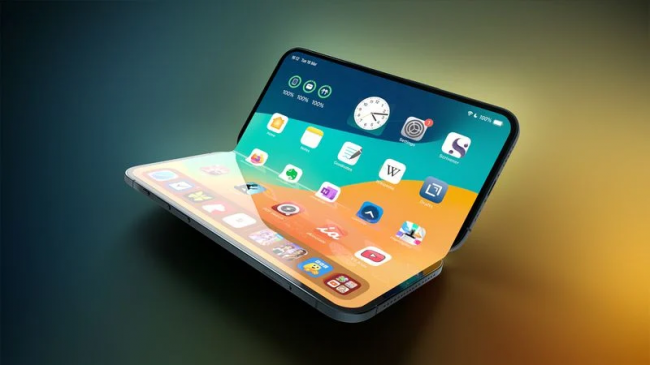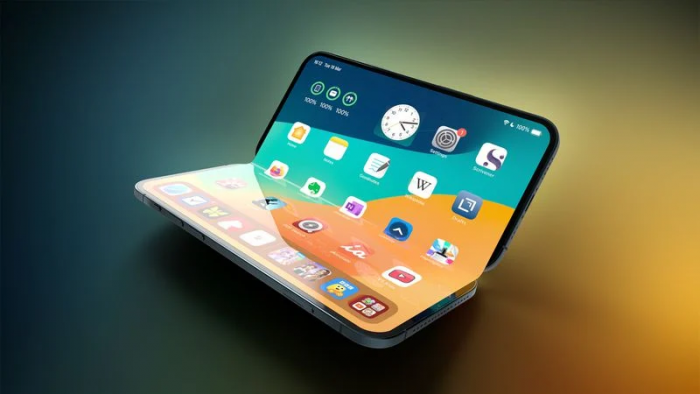Technology
4 min read
Apple’s Foldable iPhone May Launch in 2027: A Design Evolution Unfolding


Apple’s 20-Year Design Journey: From Flat Slabs to Foldable Dreams
When Steve Jobs unveiled the first iPhone in 2007, the world watched a rectangle reshape how we live. Now, two decades later, Apple seems to be plotting another bold leap—this time, into the foldable era.
But the journey isn’t about rushing. It’s about refining, iterating, and waiting for the perfect moment. That moment, according to sources like Bloomberg's Mark Gurman, could be 2027.
Let’s take a closer look at how Apple’s design evolution is unfolding and what it means for the iPhones of tomorrow.
Apple’s upcoming iPhone 17 Pro is expected to stick with a look that's nearly identical to the iPhone 16 Pro. From the front, you might not notice much difference. But on the back, subtle changes are brewing.

While early rumors hinted at a two-tone rear glass design, it is suggested that Apple will likely retain a uniform finish, with the camera module blending seamlessly into the body. That shift may sound minor, but in Apple’s world, design maturity often hides in the tiniest details.
And that brings us to the future—one that promises not just polish, but reinvention.
2027 marks the iPhone’s 20th anniversary. Internally, Apple is reportedly aligning this milestone with a "major shake-up." What’s being planned? Two bold directions:
These aren’t just aesthetic changes—they hint at a philosophical redesign. Apple seems ready to say: form and function can now merge like never before.
Why not launch the foldable iPhone sooner?
Because Apple doesn’t just build tech—it builds ecosystems. From hinge durability and software fluidity to battery optimization and production scale, Apple prefers to introduce something only when it feels inevitable.
Analysts believe the company is watching competitors closely—Samsung, Google, and even startups like Honor—to learn from their wins and mistakes. Apple’s delay, then, isn’t hesitation. It’s calibration.
And until then, we’re seeing bridge versions like the iPhone 17 Pro, serving as stepping stones toward that 2027 climax.
With iPhone sales plateauing in recent years, Apple knows the next big design must mean something. Not just to designers, but to users.
The foldable design opens the door for richer multitasking, smaller form factors, and new app experiences. Meanwhile, an all-glass build could redefine what “premium” means in the smartphone space.
Paired with rumored AR integrations and AI-driven features, the 2027 iPhone might be more than a phone—it could be Apple’s next iconic product class.
In the short term, don’t expect fireworks. iPhone 17 Pro will likely bring meaningful yet incremental improvements—think camera upgrades, perhaps a faster chip, and a cleaner rear aesthetic. But if you’re waiting for Apple to blow your mind again, 2027 is the year to watch.
Until then, each release is a chapter in Apple’s slow, deliberate story of innovation. The climax? A foldable future we can almost touch.
From the iPhone 17 Pro’s gentle tweaks to the potentially revolutionary foldable iPhone in 2027, Apple’s design story is still being written. And like every good story, the best part may be the twist that’s coming next. Stay tuned—this one’s worth the wait.
Be the first to post comment!